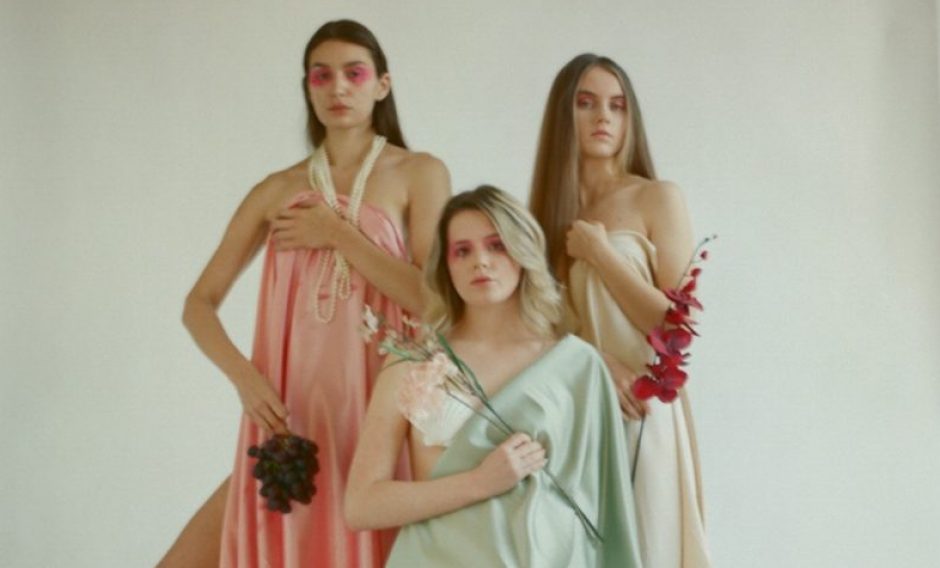“When I embarked on my project The Reincarnation of Saint ORLAN in 1990, I had a series of operations that had never been done before. I wasn’t using plastic surgery to bring me closer to a norm of beauty. I wanted a procedure that would disrupt the very idea of what beauty is.
The first thing I agreed with the surgeon is that there wouldn’t be any pain. Over nine surgery sessions and five years, I asked to be given the chin of Botticelli’s Venus, the lips of Boucher’s Europa and the brow of the Da Vinci’s Mona Lisa.
The little changes I made to my face caused a lot of chatter. People often focus on the implants I had put in on my temples in 1993. They’re meant to permanently heighten the cheekbones, but I had them inserted on each side of my forehead. When people describe me without seeing me, I sound like an undesirable monster. But when they see me it’s different.

I discovered Botticelli when I was very young, in the history of art books I read in the library. Botticelli, with his brushes, did what modern photographers do with Photoshop – he elongated some body parts, he smoothed out others and he removed all imperfections: spots, wrinkles, stray hairs. The figures surrounding Venus in The Birth of Venus are full of movement, in contrast to her fixed pose. They seem affronted by her nudity and are carrying a coat to suggest she cover herself.
When people describe me without seeing me, I sound like a monster. But when they see me it’s different
In one of my artworks, I recreated The Birth of Venus using Photoshop. Instead of idealising her, I deconstructed her by creating a hybrid between myself and her with morphing software (previous page). I decided to scream, and make her scream with me, against the pressures that preside over her body and mine – the pressure to conform to an ideal.”

